“The Elders used to tell us when the bison come back, that’s when there’ll be a good change in our history.”
– Cy Standing, Wahpeton Dakota Nation of Prince Albert Saskatchewan
To the Indigenous Peoples of the Great Plains, bison have never been merely a source of sustenance. For as long as there have been People on the grasslands of North America, the bison have represented a part of their Indigenous identity. It’s no wonder then that when the European settlers came here and slaughtered the bison to near extinction, Indigenous People felt the same existential threat. It also helps to explain why the return of a small buffalo herd to the Wanuskewin Heritage Park in Saskatchewan held so much importance both literally and symbolically for the local Indigenous People.
A Learning Opportunity at Wanuskewin Heritage Park
I certainly would never pretend to be well-versed in Indigenous culture, but then again, that is the whole point of Wanuskewin Heritage Park: it provides an opportunity for visitors to learn more about the Northern Plains Indigenous Peoples who have called this place home for generations, and the importance of the land as an expression of their culture. And the bison were of course an integral part of that relationship with the land.
Why This Particular Land?
The Wanuskewin area sits above the Opimihaw Creek and South Saskatchewan River near Saskatoon and archaeological research has shown that it was a resource-rich location for the pre-contact people of the Great Plains. As far back as 6,000 years ago, these hunter-gatherers would hunt bison here, utilizing the natural topography as a buffalo jump, as well as harvesting the native plants of the area.
As these tribes evolved, evidence of their cultural development was left behind here, making this site of particular importance when it comes to interpreting the history of the Indigenous People of the region. In fact, Wanuskewin is Canada’s longest-running architectural dig and boasts finds that pre-date the pyramids of Egypt, giving us a glimpse into what life was like thousands of years ago.These findings were the inspiration for establishing Wanuskewin Heritage Park in 1992, and since then, the Park’s mission to advance this understanding has only grown in size and scope.
The Heart of Wanuskewin: the Interpretive Centre
Any visit to Wanuskewin Heritage Park starts at the impressive Interpretive Centre, a modern glass and timber structure whose design is an interpretation of the traditional Plains tipi. But before Henk and I even got inside the Centre, we were captivated by a series of bronze statues by artist Lloyd Pinay depicting a traditional bison hunt. The orientation of these running bison leads visitors into the building, following the direction in which bison would have been driven towards the buffalo jump on the far side of the property.
Inside the light-filled Centre are different displays that inform visitors about the history of the site including a topographical model of the Park, an archaeological timeline of the discoveries made here, display cases with artifacts found on site, and biographical information about important First Nations individuals from the region.
There was even an interactive digital bison hunt ‘game’ where Henk and I attempted to drive digital bison into a circular corral. It wasn’t easy and we got a small sense of how incredibly coordinated and difficult an actual hunt would have been.
Art Exhibitions
The Interpretive Centre at Wanuskewin also provides exhibition spaces that host works by Indigenous artists, and we happened to be visiting when there was an art exhibition of ‘birch bark bitings’ by artist Pat Bruderer, also known as Half Moon Woman.
This incredible art form utilizes an unusual technique where the artist uses her eye teeth to impress a design into folded birch bark – essentially ‘blindly’ creating patterns and images on the material using only her mouth. I had never even heard of this before, and it blew me away to see the kind of detail and forms that could be created. (You can read more about this art form here.)
TIP: Wanuskewin Heritage Centre lists their current and upcoming exhibitions and events on their website. They also offer craft workshops where visitors can learn to make traditional items like felt mitts, learn porcupine quillwork, etc.
Traditional Dance Demonstrations
Visitors to Wanuskewin have the opportunity to watch performances of traditional dancing, and on our visit there happened to be a hoop dancing demonstration by Lawrence Roy, a 42 year-old dancer from Little Pine First Nation.
Roy teaches hoop dancing to young people in his community to help keep this tradition alive, but he also uses his performances to educate visitors to the Park by sharing stories relating to the dance, his people and their cultural beliefs.
Henk and I had seen hoop dancers on visits to the Grand Canyon, but we had always believed this dance was part of the Hopi culture of the Southwest U.S. As it turns out, the hoop dance did originate in New Mexico (where 5 hoops are used), but the tradition migrated north, and as it did, dancers began to use more and more hoops to accompany their stories.
Lawrence started dancing in 1989 and it only took him two years before he became comfortable using 21 hoops, but now he competes with up to 30 hoops! The forms and shapes he creates with his hoops honour local animals of the prairies as well as Indigenous spiritual symbols, and everything reflects the balance and harmony that is part of the natural circle of life.
Our audience included several children, and Lawrence demonstrated his natural teaching ability by engaging the kids with questions and stories, and inviting them to try to learn to dance themselves. He also invited the adults to join in, and of course I was ‘volunteered’ by Henk to take to the floor. Let’s just say, it’s one thing to marvel at the dexterity of a skilled hoop dancer; it’s an entirely different experience to try my hand – and foot – at it myself. Needless to say, I’ll be leaving the hoop dancing to Lawrence.
Learning About Plants From a Knowledge Keeper
Because the land is such an integral part of Indigenous culture, there are a number of tours at Wanuskewin Park that help educate visitors about this deep connection to nature. We joined a plant tour led by Cami, a Knowledge Keeper who took us on a walk through the valley’s trails where she shared her knowledge of the local plants and their uses and benefits.
We learned that the balance and harmony in nature that we had seen expressed by Lawrence with his hoops is of course reflected in plants. For example, poisonous plants typically have a ‘companion plant’ growing nearby that acts as an antidote of sorts; ie. find poison oak plants, and you’re likely to find snow berries nearby that can alleviate the irritation caused by the poison oak.
Cami pointed out the medicinal benefits of other plants as well, like plantain which works as an excellent treatment for insect bites, sage which is a natural insect repellant, and the powdery bark of poplar trees which can be rubbed on the skin to act as a sunscreen. Cami also told us that whenever Indigenous People harvest any of these plants, they leave a small offering of tobacco to give thanks, as tobacco is a sacred plant and offering it is a gesture that honours the land.
TIP Re: Saskatoon Berries
Being from Ontario, Henk and I were not familiar with Saskatoon berries, and just assumed they would grow on plants much like blueberries. But rather than being low to the ground, we learned on our plant walk that Saskatoon berry bushes are actually quite tall, and can grow up to 25 feet. Well, now we know.
The Bison at Wanuskewin Heritage Park
Wanuskewin wouldn’t be as important a site were it not for the bison. They have always been the focal point of the Park, given their significance to the Indigenous Peoples who relied on them for their survival for thousands of years, and because it was bison that had brought those People to this specific location in the first place. Yet there hadn’t been any bison in the actual Park for 150 years, and the dream of reinstating a herd here seemed like just that – a dream. Until 2019, that is.
In December of that year, six calves with genetic pedigrees passed down from the last remaining Plains Bison herds of the late 1880’s were relocated from Grasslands National Park in southern Saskatchewan and brought to Wanuskewin Heritage Park. Four breed cows and a bull with the same purebred lineage were found in the U.S. and added to the tiny herd, and within 6 months, four calves were born in the Park.
Since then, the bison herd has continued to grow and as of 2023 stands at 27 individuals, well on the way to the Park’s goal of establishing a small conservation herd of around 50 healthy, genetically authentic animals on site. In addition to reintroducing the bison, the Park has made a conscious effort to ‘re-wild’ the former farmland and return it to an authentic grassland ecosystem with native plants for the bison to graze, and since doing so they’ve even seen the return of other grassland species of birds and animals.
TIP: Visitors can view the bison at Wanuskewin Heritage Park from a special raised viewing platform opposite the Welcome Centre, and there are daily guided tours offered by the Park as well. This is not a zoo, however and the area is large, so bison may be closer or farther away at any given time.
The Bison’s Return and What They Revealed
The Indigenous Elders of Wanuskewin Heritage Park had long hoped for the return of the bison, if only as a symbolic nod to the deep importance of the animal to their history and culture. And it seems that the small herd that was reintroduced here only a few years ago has played its own part in revealing more of this cultural heritage…
In 2021, while the new herd of bison was roaming the property, their hooves uncovered a buried stone that turned out to be a 1000-year-old petroglyph, an archaeological find that had never been seen in the Park up to this point. Not only that, the Park’s archaeological team found the stone knife nearby that was used to carve the designs into the stone, an extremely rare discovery. Further examination of the area unearthed 3 more petroglyphs, all with significant designs that attest to the spiritual and cultural importance of this site.
To Dr. Ernie Walker, the chief archaeologist and co-founder of Wanuskewin Park, it couldn’t have been a more important or validating discovery, and the fact that he was the one to find that first petroglyph stone seemed like the crowning glory to all the work he has done to establish and preserve Wanuskewin over the past 40 years.
The only thing that might top that discovery would be the designation of the site as a UNESCO World Heritage Site, something that Dr. Walker and the Park council are actively pursuing. Should that happen, Wanuskewin Heritage Park will be recognized globally as having Outstanding Universal Value; in other words, being significant to all humanity, and the designation will guarantee its protection and conservation well into the future. It would also be a fitting acknowledgement for a site that has been such an important part of the cultural identity of the Indigenous Peoples who have been coming here for thousands of years.
CRAZY COINCIDENCE? When Dr. Walker first started exploring Wanuskewin in 1982, he began calling the area ‘Four Stones’. He doesn’t actually remember why he chose that name, but 40 years later, it seems particularly prophetic that 4 petroglyph stones were found here by his team…
When Bison are More Than Just Bison
Bison have always been a huge part of Wanuskewin’s historical significance, and they are certainly to thank for the recent discovery of the ancient petroglyphs here, which might even tip the scales in favour of receiving that UNESCO designation. All of which will help to draw more visitors to learn about the Indigenous history of the area, and put Wanuskewin Heritage Park on the global map.
More importantly, the return of the bison to these sacred lands might even signal that “good change in our history”, foretold by the Dakota Elders years ago.
It’s a good start, at least.
Special thanks to Tourism Saskatchewan who arranged and hosted our visit to Wanuskewin Heritage Park.

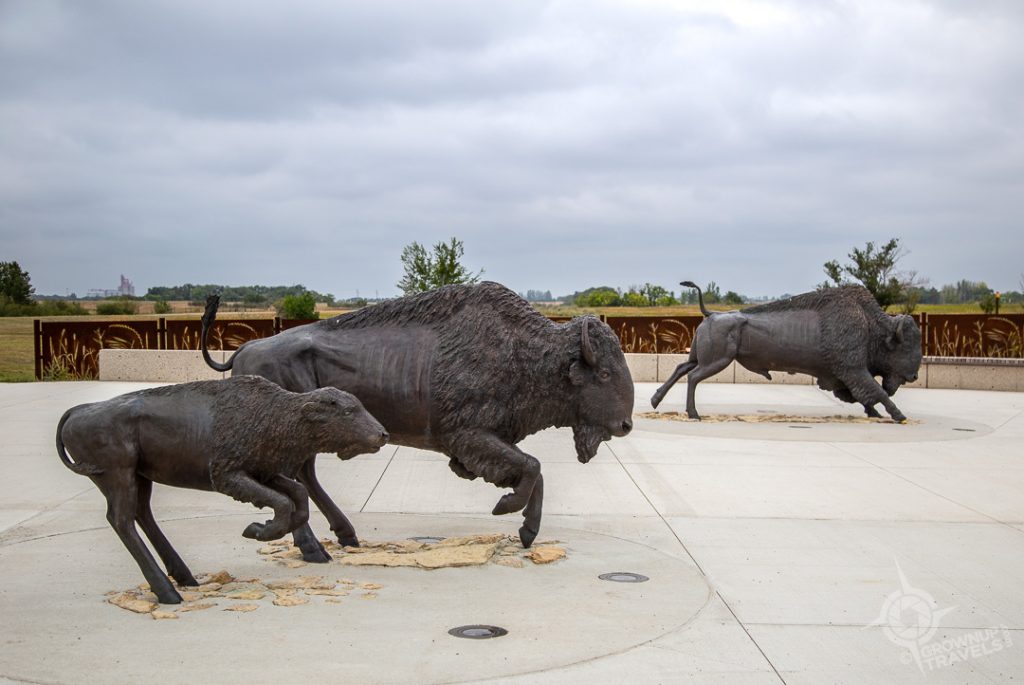
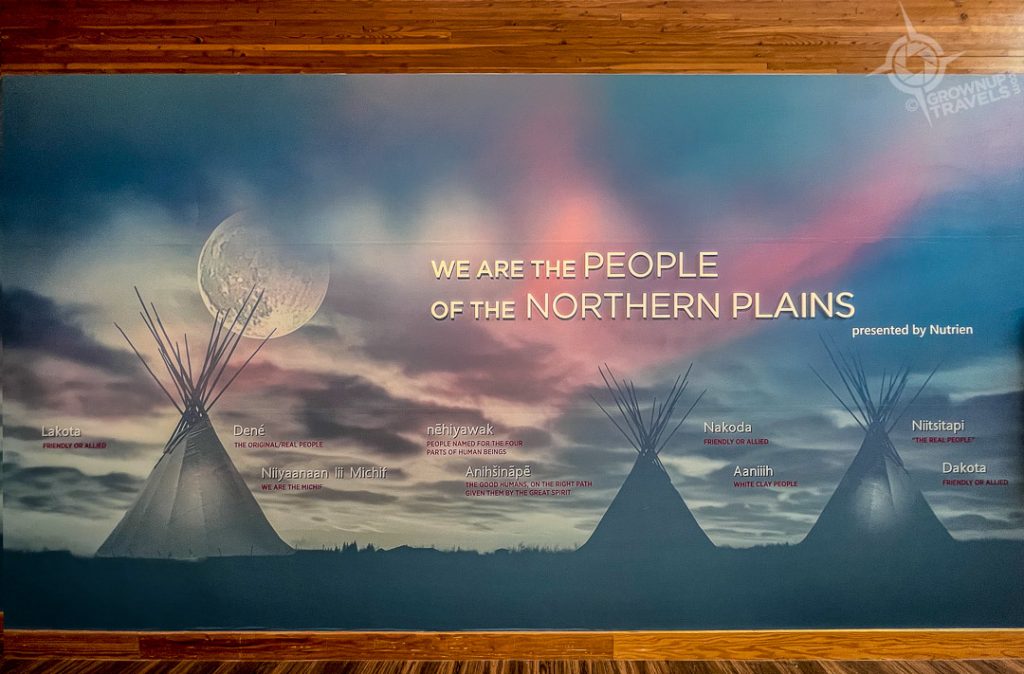
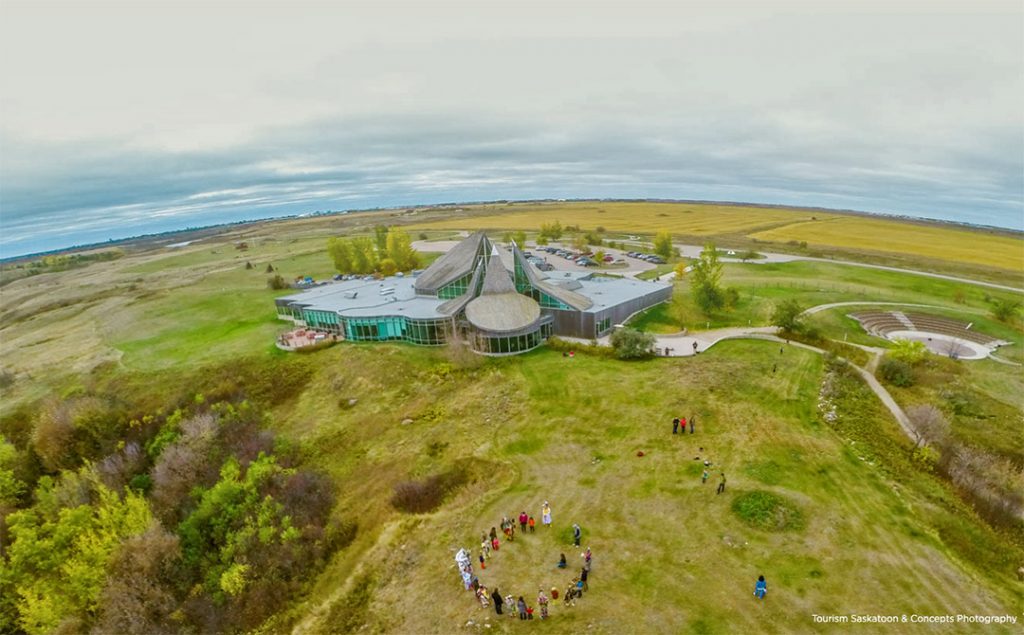
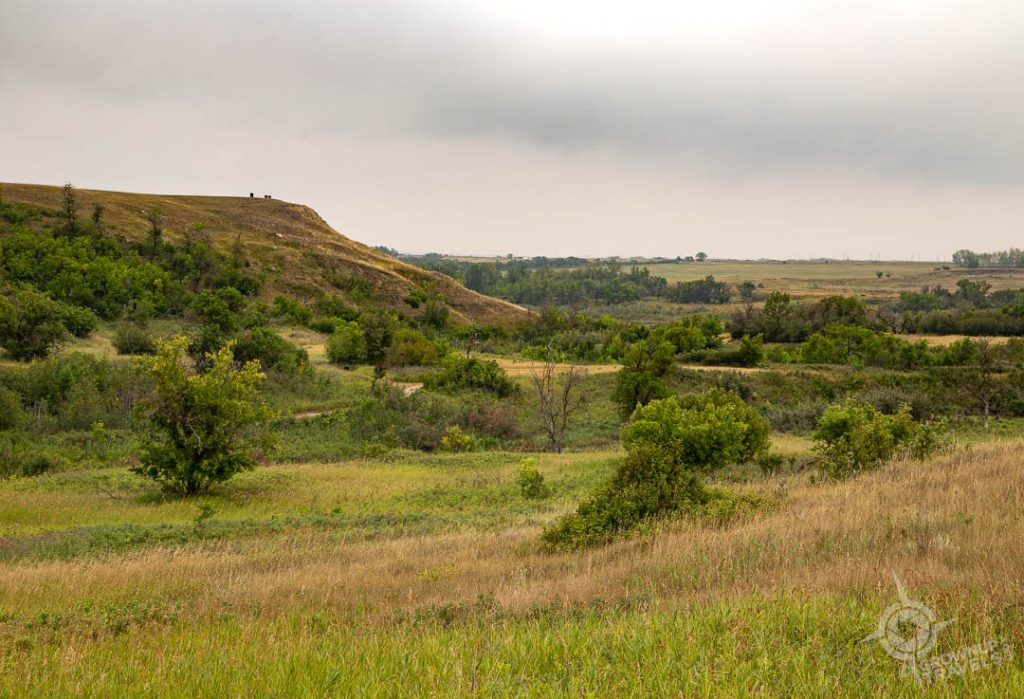
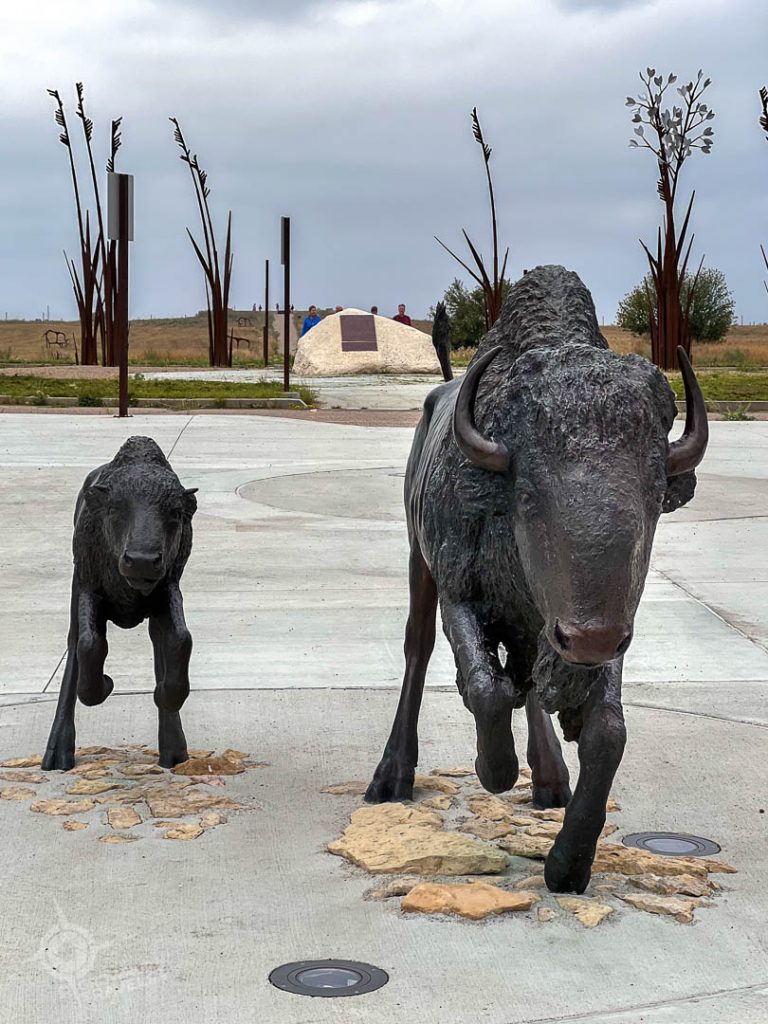
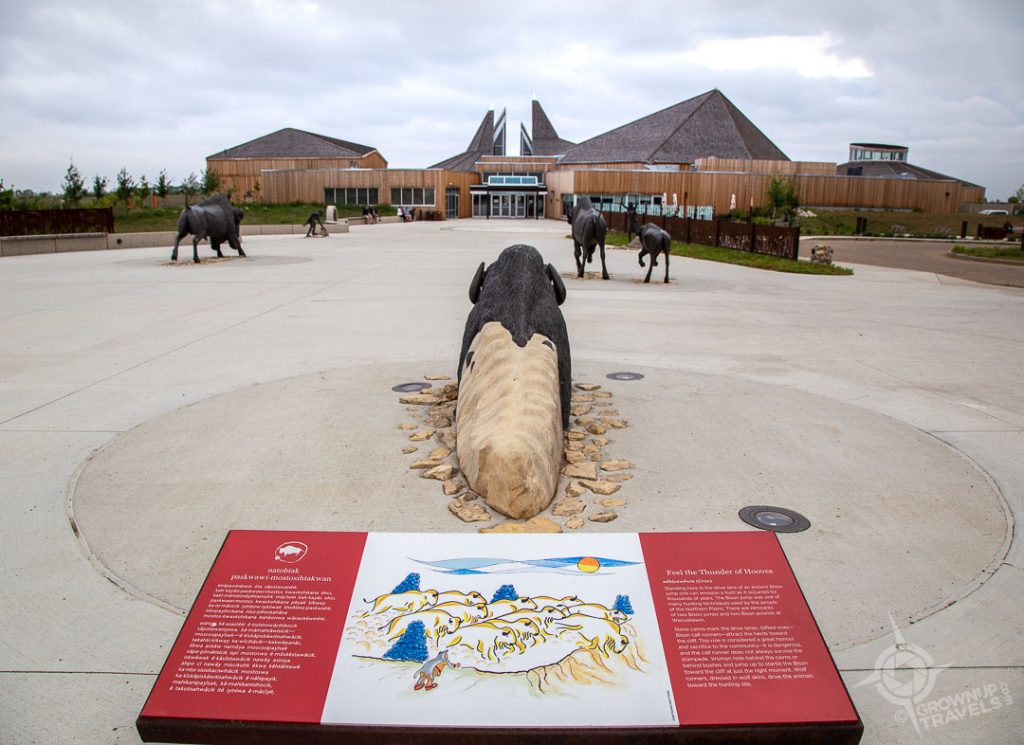
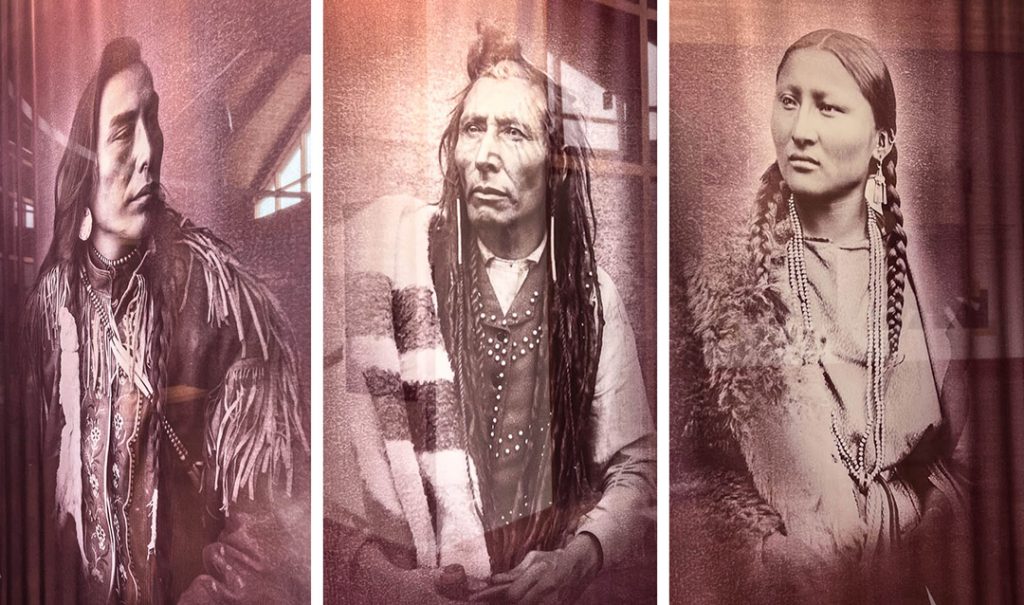
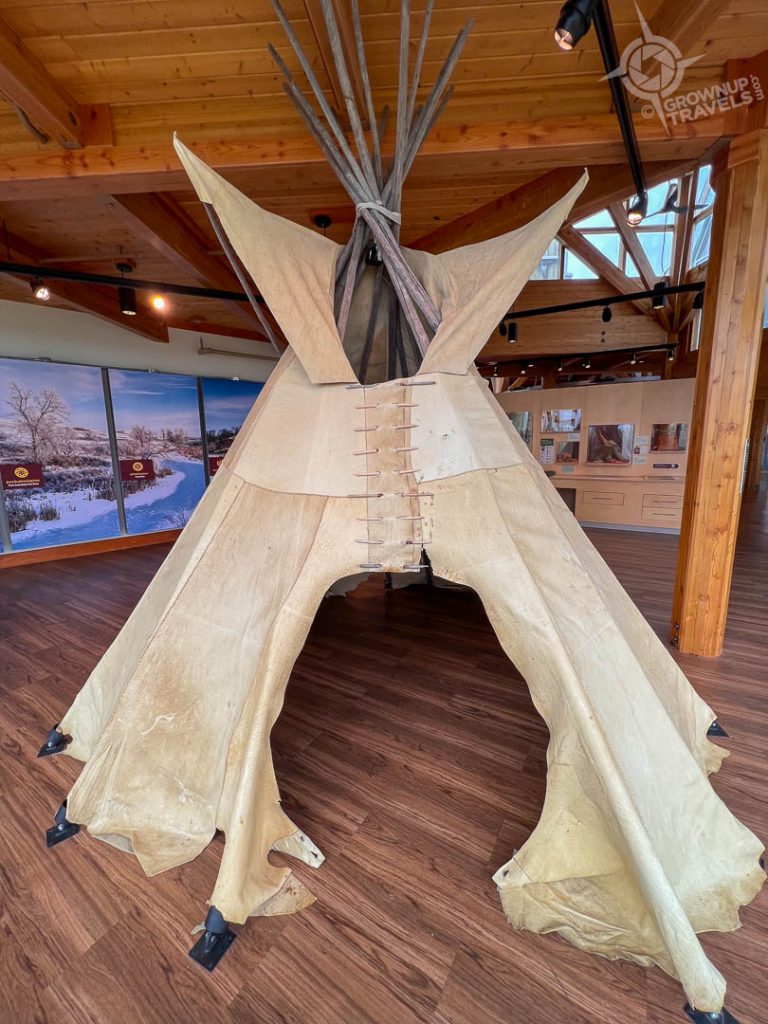
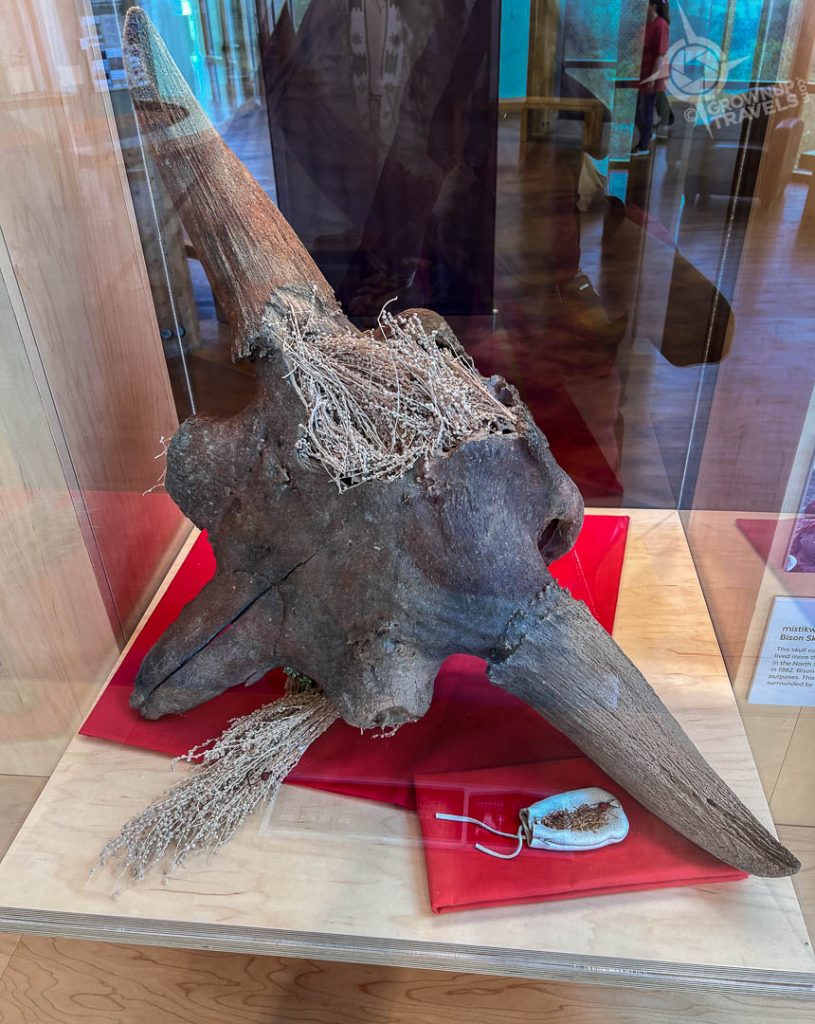
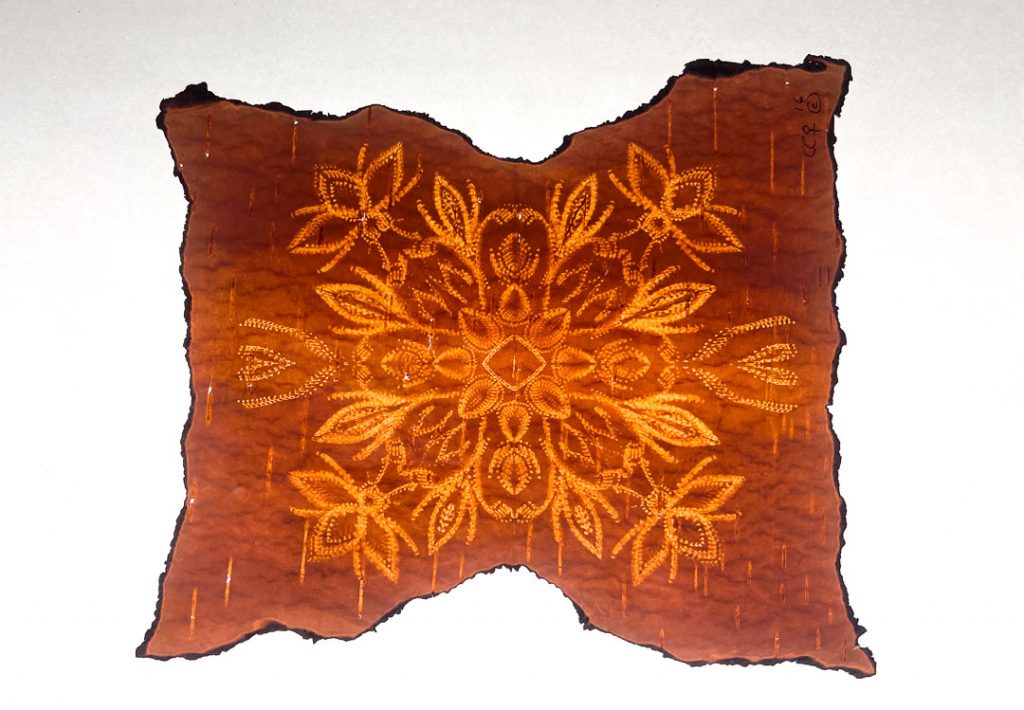
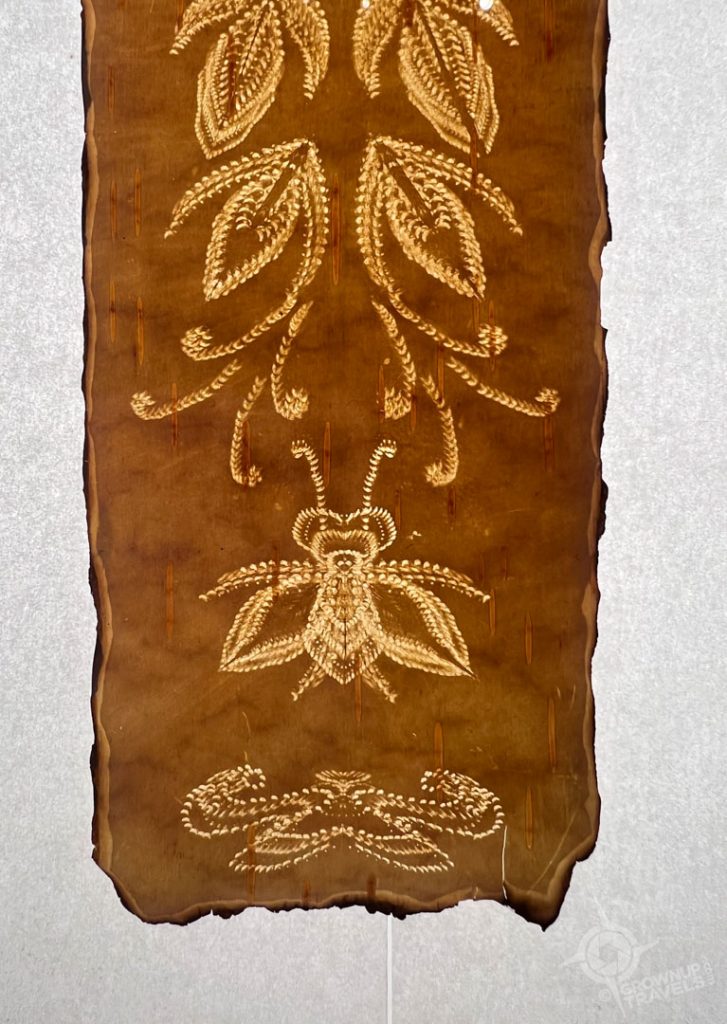
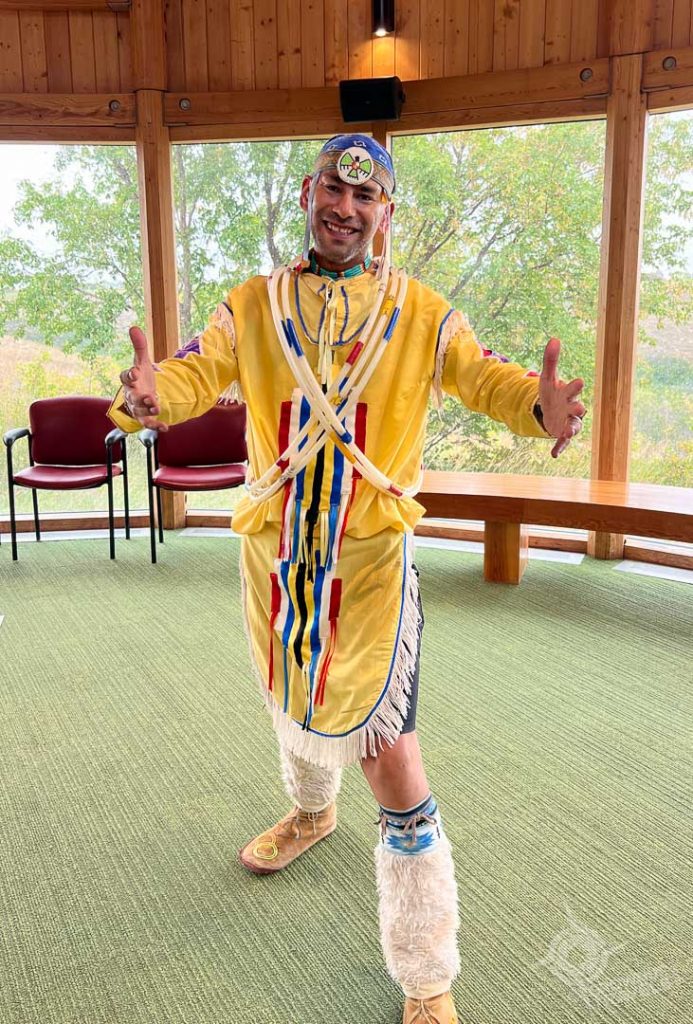
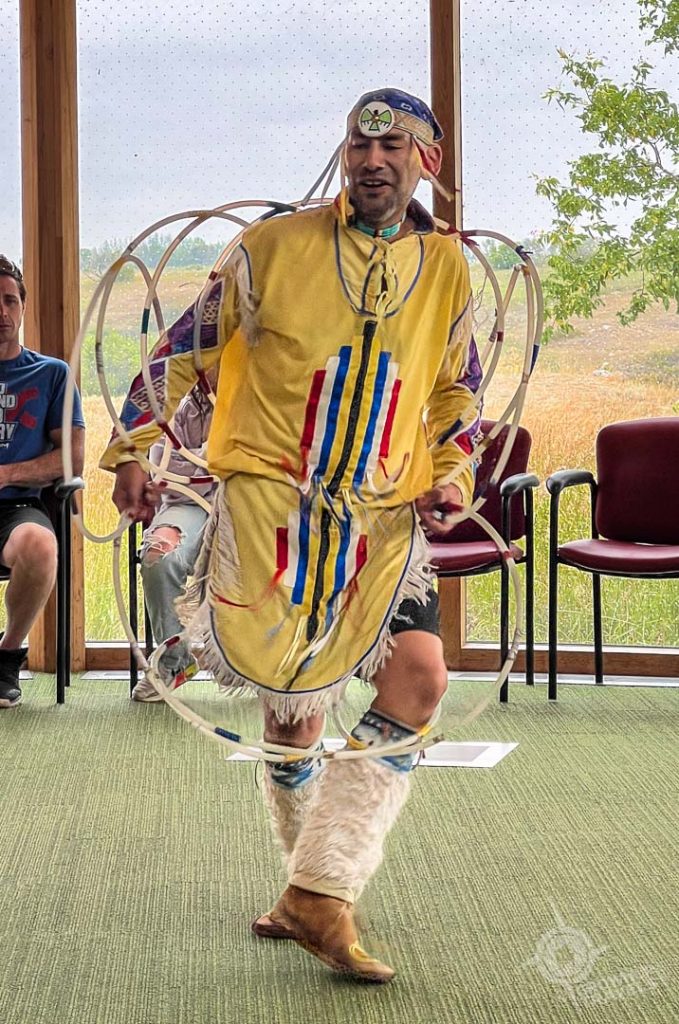
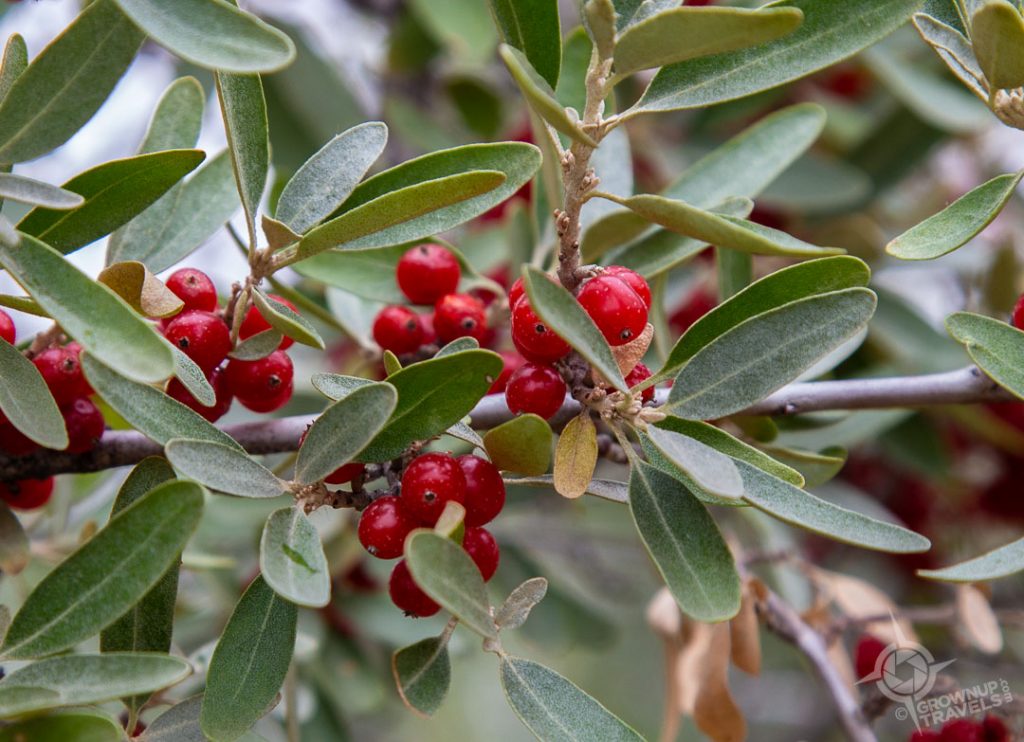
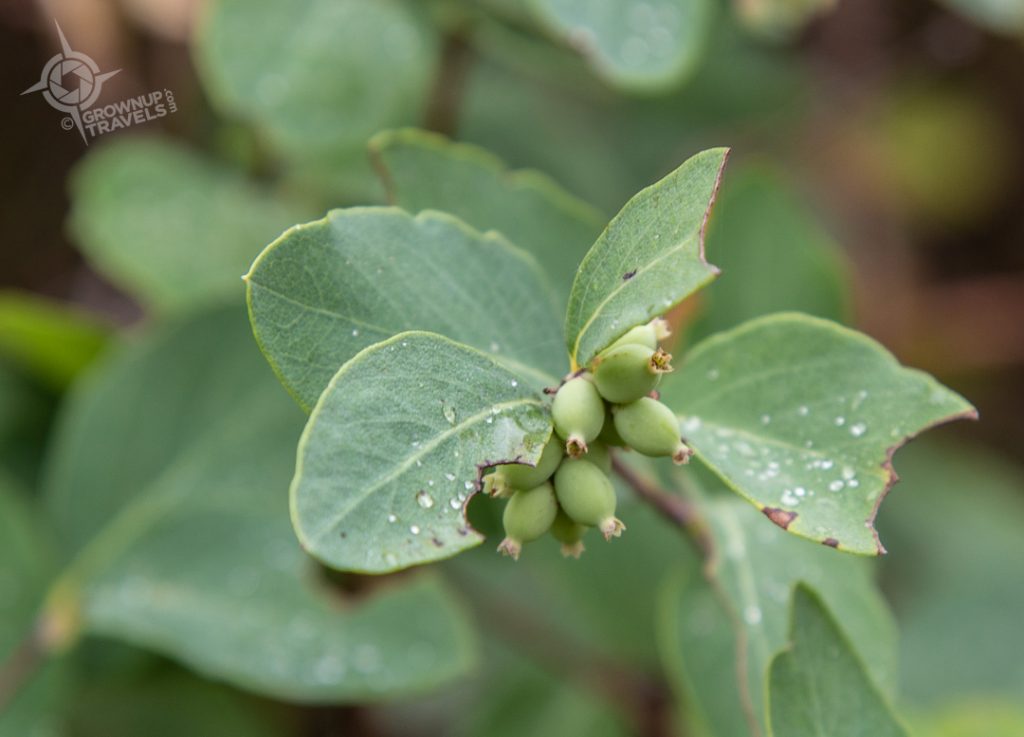
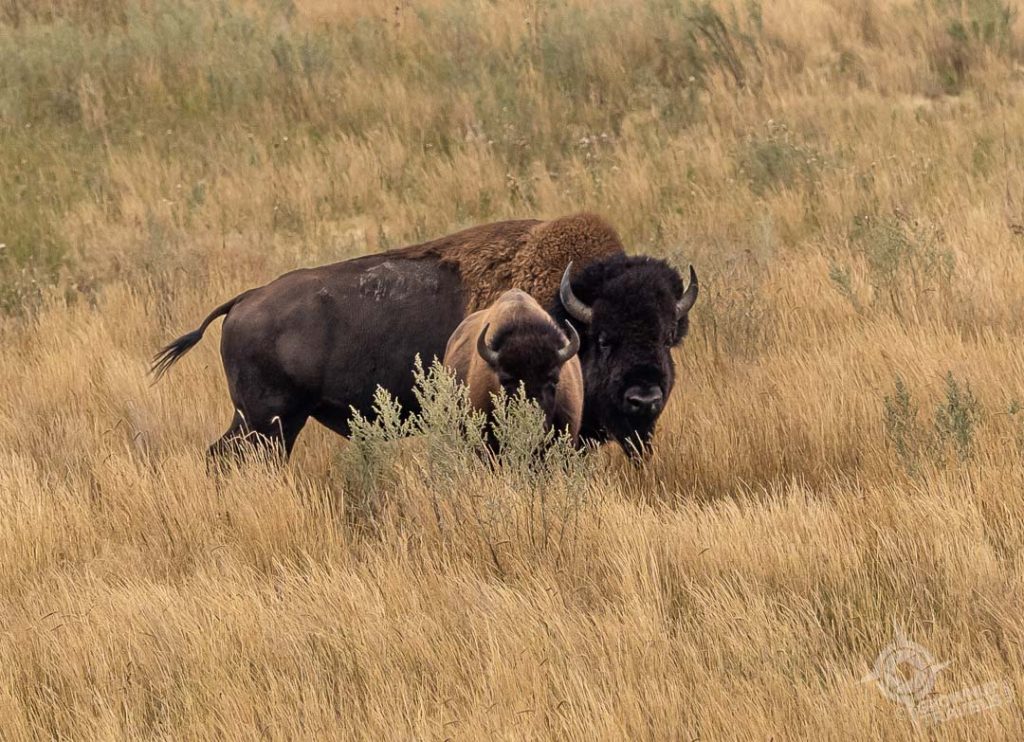
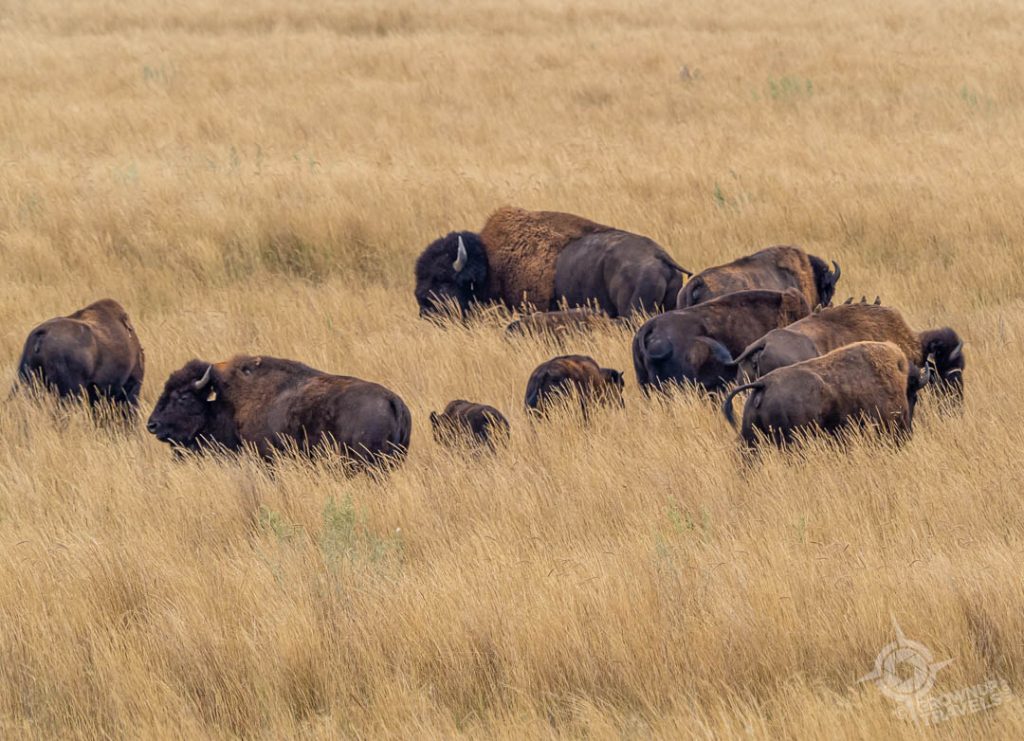
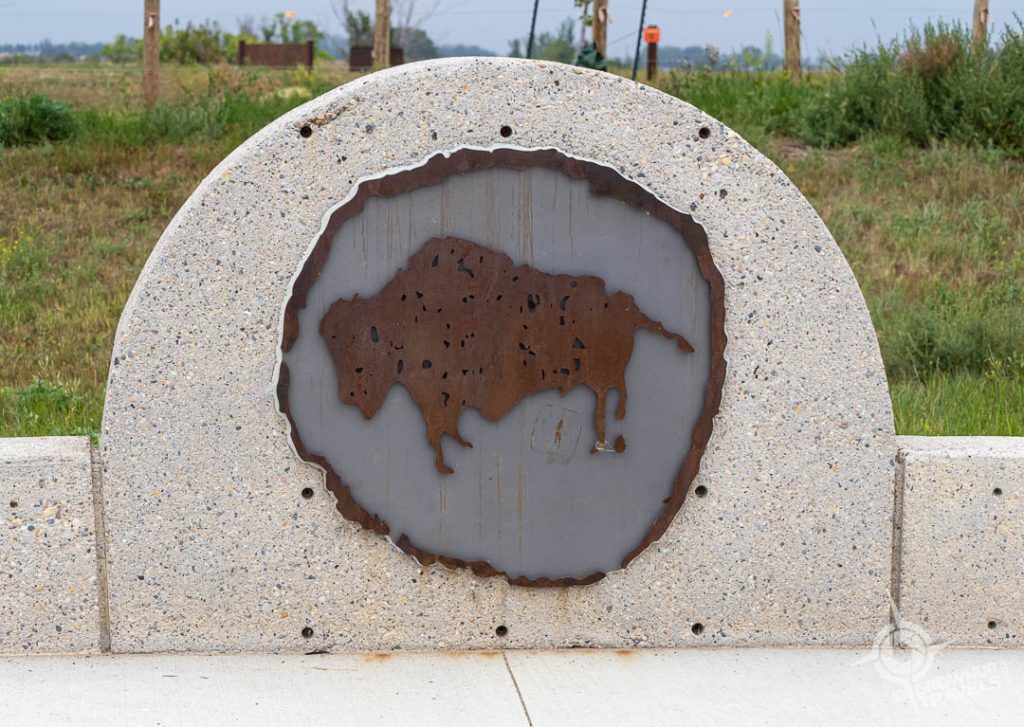
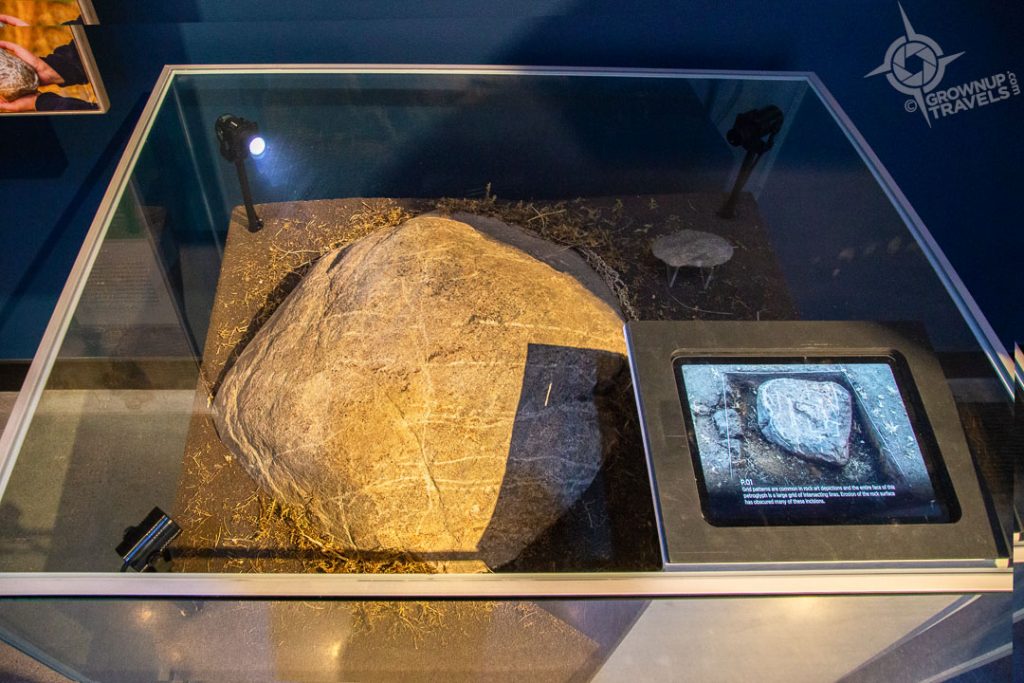
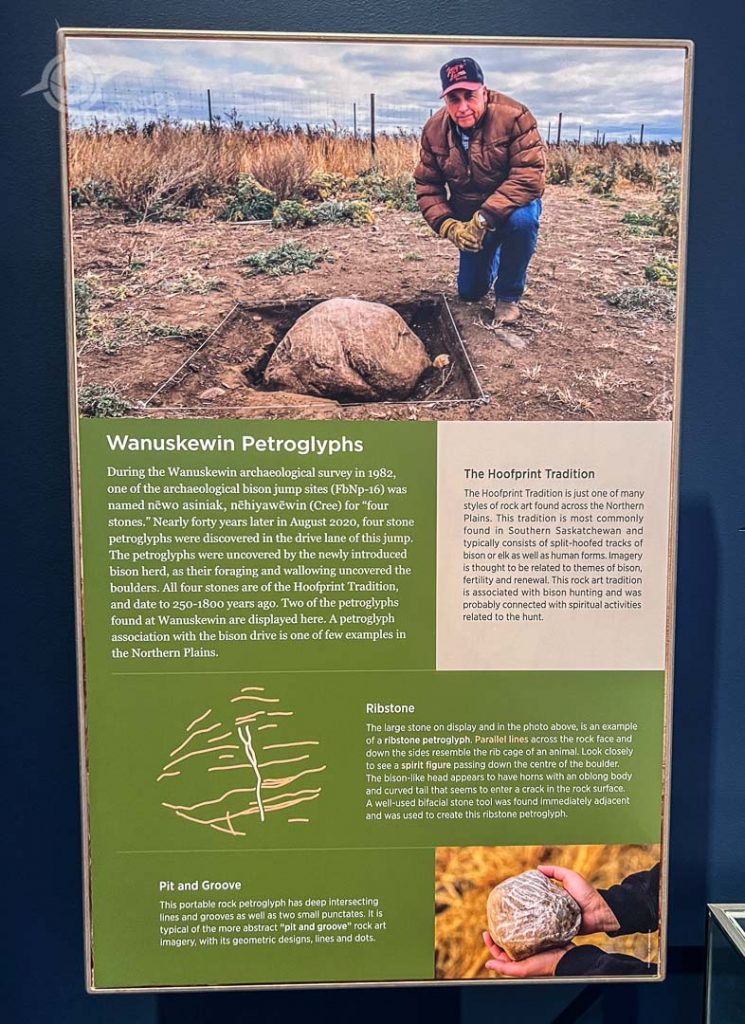
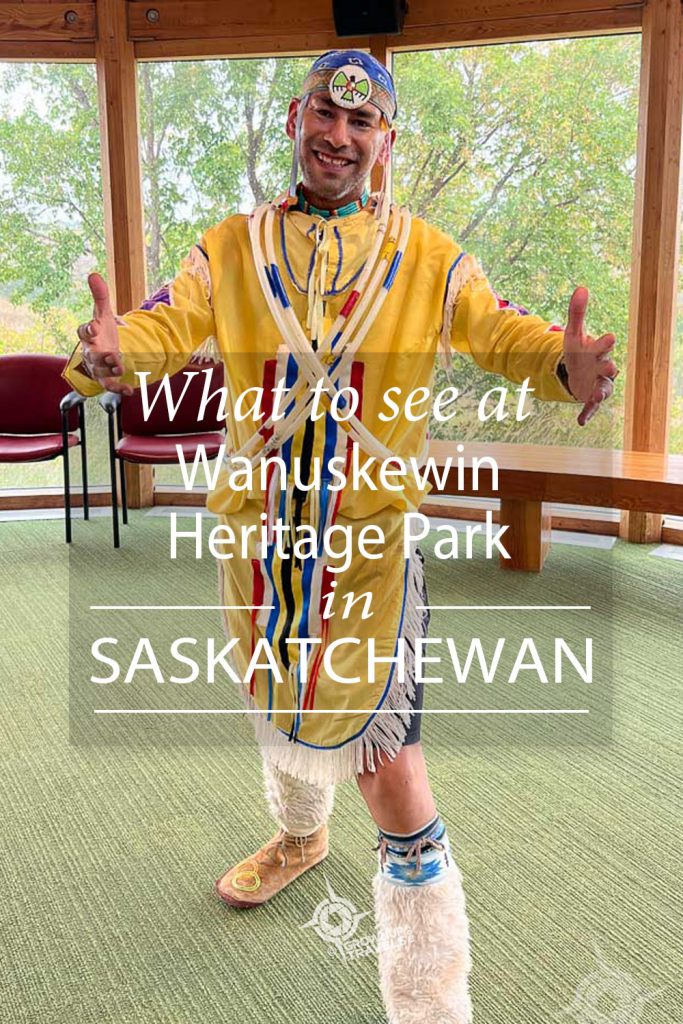

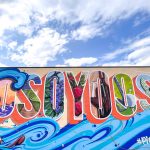
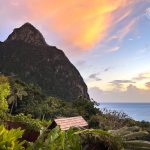
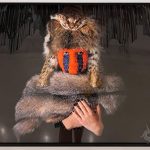
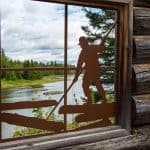






Subscribe and you'll never miss an update!
Join our mailing list to receive the latest news and updates from Grownup Travels. (We keep your email STRICTLY private)
Thank you for subscribing to Grownup Travels!